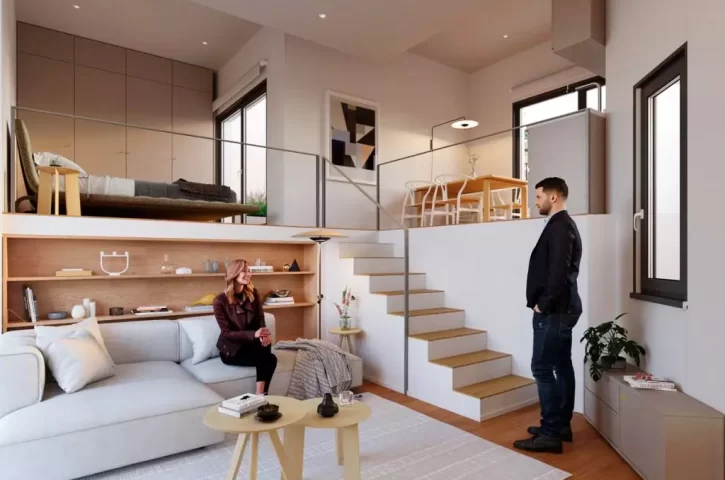
Designing and building a kitchen often involves a series of decisions that must be made before construction begins. These choices will determine the final layout, materials, and features in the finished kitchen. It’s important to think about the layout in front of you rather than behind a computer model or mock-up. You will need to choose the location of all appliances and cabinets. This will help you determine the maximum size and shape of your kitchen.
The principles of the kitchen work triangle: The work triangle refers to the arrangement of appliances, cabinets, and countertop on your kitchen work table. The overall length of each leg of the triangle should be no less than 2.7 m. The combined length of all three legs should be no less than 4.2 m. There shouldn’t be any unneeded appliances or cabinetry intersecting the triad of power sources. Ideally, the triangle should lie across the center of the kitchen.
Appliances, including refrigerators, stoves, dishwashers, microwaves, and range hoods, must be located within easy reach of each other. Many kitchens have at least one refrigerator/freezer area and a variety of open kitchen areas for food preparation. Your kitchens should also have doors along at least one of these walls to provide easy access to these appliances and utensils.
Lower modules in the kitchen can include built-in appliances such as built-in tumblers for your oven and under-counter microwaves. Larger units, such as the ones found in high-end kitchens, feature pull-out shelves, upper modules with glass doors, and even island designs. These larger units are typically ovens, stoves, and ranges with their own door. Built-in appliances can usually be moved to other locations by using cabinet drawers and cabinet spaces in the lower module of your kitchen. Some manufacturers have provided cabinet spaces that are specific to each brand or model so that you can make use of them where appropriate.
The kitchen triangle should include cabinets, doors, and upper modules of cabinets/freezers, as well as under-counter ovens and ranges. If an appliance falls into any part of this triangle, it will need to be re-positioned or removed from the position intended for it. The appliance model number should be noted and you should consult the documentation provided by the manufacturer for the exact location of this item.
When you’re planning your kitchen layout, you’ll find that this is an ideal design for many families. It’s an easy way to get your kitchen into sync with the rest of your home. It helps you keep organized, keeps your kitchen looking great, and facilitates better food preparation. It’s an important consideration when choosing a layout for your new kitchen, especially if you plan to put in appliances. The layout you choose will have an enormous impact on the efficiency with which you can operate all aspects of your kitchen from breakfast to dessert.










